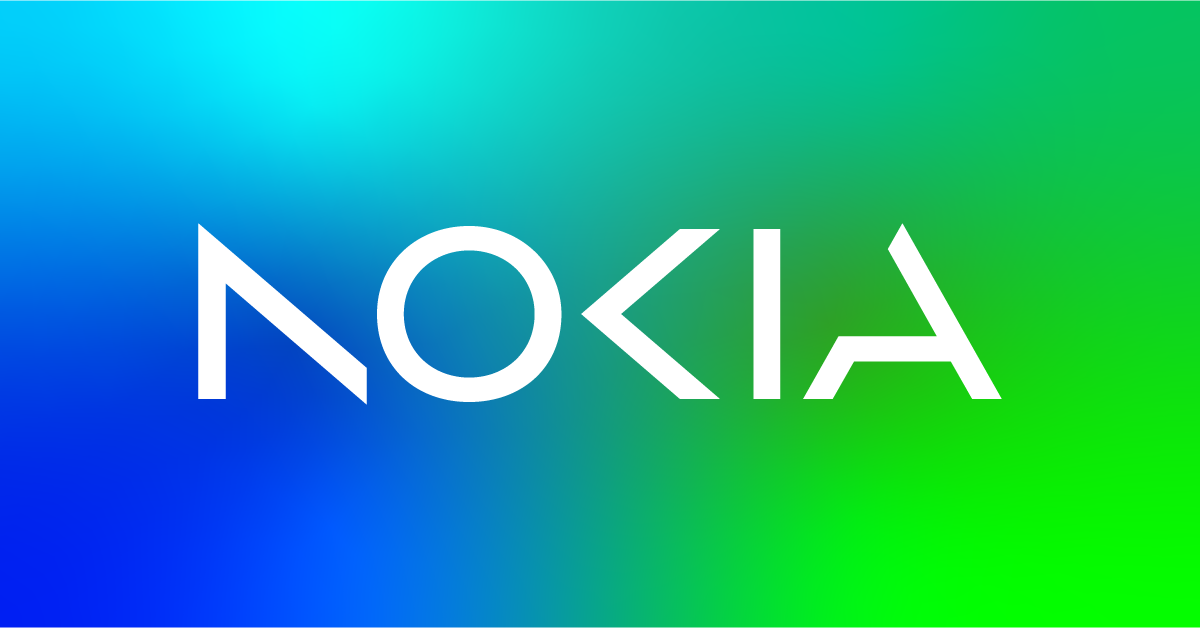Nokia’s 11th annual Threat Intelligence Report highlights a surge in sophisticated cyber threats targeting telecom networks. Nearly two-thirds of operators experienced at least one “living off the land” attack in the past year, with 32% facing four or more. Attackers are increasingly penetrating core infrastructure, including subscriber data and lawful interception systems, often hiding within trusted tools and unpatched devices. Multi-year, low-profile intrusions have led to significant data exposures and costly remediation efforts.
DDoS attacks are becoming more frequent and powerful, with terabit-scale attacks occurring five times more often than in 2024. Approximately 4% of global home internet connections are compromised, and 37% of attacks now conclude within two minutes, highlighting the need for rapid detection and mitigation. AI and ML are now central to telecom defense strategies, with over 70% of security leaders prioritizing AI-driven threat analytics and more than half planning deployment within 18 months.
Insider risks, human error, misconfigurations, and application-layer vulnerabilities remain significant contributors to breaches. The report also underscores the importance of crypto agility, as certificate lifespans shorten and quantum-safe networking becomes increasingly essential.
Nokia emphasizes that cybersecurity must be proactive and integrated into network design, leveraging AI, shared threat intelligence, and automated mitigation to safeguard critical networks, ensure service continuity, and enhance resilience against evolving threats.

















Leave a comment